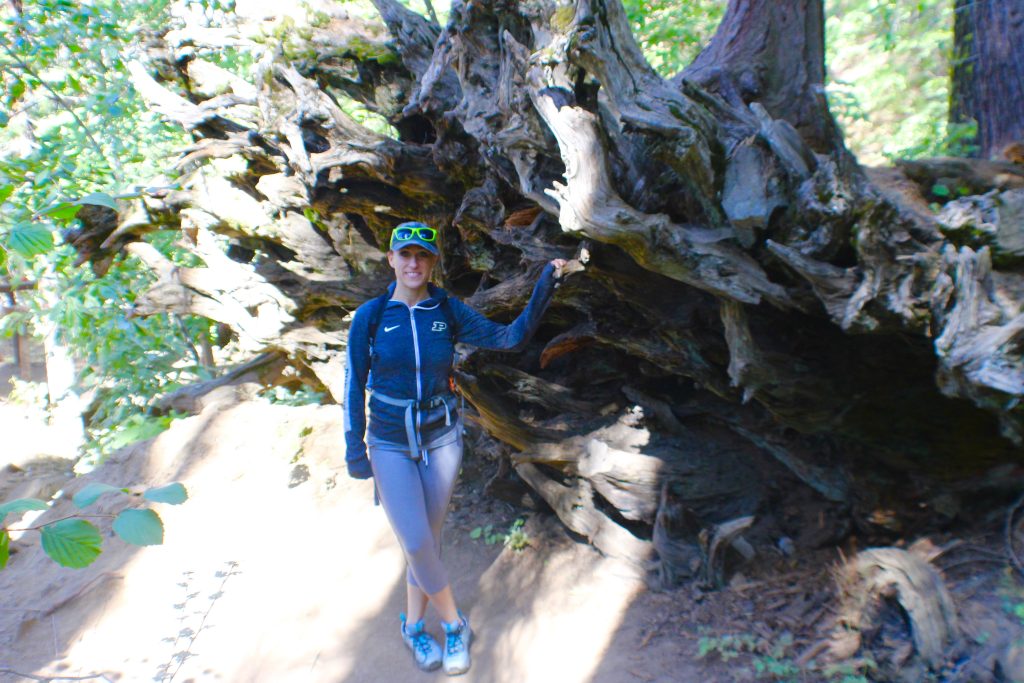
Wawona: Yosemite’s Hidden Gem Inside the Park
When most people think of Yosemite National Park, their minds leap to granite giants like El Capitan, Half Dome, and the roaring waterfalls of Yosemite Valley. But tucked away in the park’s southern reaches lies Wawona, the only true town inside Yosemite’s boundaries—a place where history, nature, and community converge in a quiet Sierra basin. This is where we spent a few unforgettable days, renting a cozy cabin called The Buss Stop, and discovering a side of Yosemite that feels like stepping back in time.
First Impressions: A Town with Roots
Driving into Wawona along Highway 41, the transition is subtle. One moment you’re winding through towering pines, the next you’re in a storybook hamlet framed by meadows and the South Fork of the Merced River. Wawona’s history runs deep. Long before Yosemite became a national park in 1890, this area was known to the Miwok people as Pallachun, meaning “a good place to stay.” Later, pioneers like Galen Clark established Clark’s Station, a rustic outpost that evolved into the elegant Wawona Hotel, a Victorian landmark still gracing the meadow today.
The town became a vital stop for travelers heading to Yosemite Valley in the late 19th century. Stagecoaches rattled across the covered bridge, and guests lounged on wide verandas sipping lemonade. Today, Wawona retains that old-world charm, with its historic hotel, Pioneer Yosemite History Center, and a scattering of cabins nestled among sugar pines.
Our Cabin: The Buss Stop

We chose The Buss Stop, a three-bedroom, three-bath retreat that blends modern comfort with mountain character. After a day exploring Yosemite’s wonders, sinking into the hot tub under a canopy of stars felt like pure luxury. Inside, a river-rock fireplace anchored the living room, while the kitchen invited family meals and laughter. The master suite—with its pine bed, gas fireplace, and Jacuzzi tub—was a sanctuary after long hikes.
The cabin’s deck became our favorite spot: mornings with coffee and birdsong, evenings with barbecue and the scent of pine resin in the air. Staying here wasn’t just lodging—it was an experience, a way to feel part of Yosemite rather than a visitor passing through.
Exploring Wawona: Trails and Timelessness
Wawona is more than a gateway; it’s a destination. We wandered the Wawona Meadow Loop, a gentle 3.5-mile trail circling one of the largest mountain meadows in the High Sierra. In spring, wildflowers dance in the breeze; in autumn, aspens flare gold against the evergreens. Along the way, we found ancient mortar rocks—silent evidence of Native American life centuries ago.
For a bigger challenge, we tackled part of the Chilnualna Falls Trail, which climbs past cascades toward a series of waterfalls high above the town. Even a short hike rewards you with views of rushing water and granite outcrops glowing in the Sierra sun.
History buffs will love the Pioneer Yosemite History Center, where a covered bridge leads to a cluster of historic buildings. Blacksmiths hammer iron at the forge, and interpretive signs tell stories of stagecoach days and early park guardians. It’s living history, and it makes Wawona feel like a place where past and present still shake hands.
Mariposa Grove: Giants at the Doorstep
Just a few miles from Wawona lies Mariposa Grove, home to over 500 giant sequoias—the largest living things on earth. Walking among these ancient trees is humbling. The Grizzly Giant, estimated at 2,700 years old, dwarfs everything around it. Boardwalk trails wind through cathedral-like groves, where sunlight filters through cinnamon-colored bark and the air smells of resin and eternity.
The Fire That Tested Wawona
Wawona’s serenity was shattered in August 2017 when lightning strikes ignited the South Fork Fire in Yosemite’s wilderness. Flames raced through dense forest, fueled by drought and beetle-killed trees, and came within a mile of Wawona. Evacuation orders emptied cabins and closed the historic hotel. For days, firefighters battled steep terrain and erratic winds, using air tankers and hand crews to hold the line. Smoke hung heavy over the meadows; the sound of helicopters replaced birdsong.
The fire ultimately scorched thousands of acres, but Wawona was spared—thanks to tireless crews and strategic burns. Today, signs of recovery mingle with reminders of vulnerability: blackened trunks among green shoots, interpretive displays about fire ecology. The experience underscored a truth about the Sierra—beauty and danger are intertwined, and resilience is part of the story.
Why Wawona Captures the Heart
What makes Wawona special? Partly its pace. Unlike the throngs of Yosemite Valley, Wawona invites you to slow down—to linger by the river, to watch deer graze in twilight, to sip coffee on a porch while mist lifts from the meadow. It’s a place where history feels close, where giant sequoias stand guard at the edge of town, and where community matters.
Staying at The Buss Stop amplified that sense of belonging. We weren’t just visitors; we were temporary locals, waving to neighbors on evening walks, swapping trail tips at the market, and feeling the rhythm of a town that has endured for generations.
Practical Tips for Your Wawona Adventure
- Getting There: Wawona sits on Highway 41, about 27 miles from Yosemite Valley and 6 miles from the park’s south entrance.
- Best Season: Spring for wildflowers, summer for swimming holes, autumn for golden aspens. Winter brings quiet beauty but requires snow chains.
- Don’t Miss: Wawona Meadow Loop, Chilnualna Falls, Pioneer History Center, Mariposa Grove.
- Stay: Book early—cabins like The Buss Stop fill fast, especially in peak season.
- Fire Awareness: Summer thunderstorms can spark wildfires. Check park alerts and respect closures.
Final Reflections
As we packed up to leave Wawona, the Sierra sun slanted through tall pines, turning their needles to gold. The cabin stood quiet, its deck chairs empty, but the memories felt rooted—like the sequoias just up the road. Wawona had given us more than a vacation; it had offered perspective. In a world that moves too fast, here was a place that whispers, slow down, stay awhile. And we did.

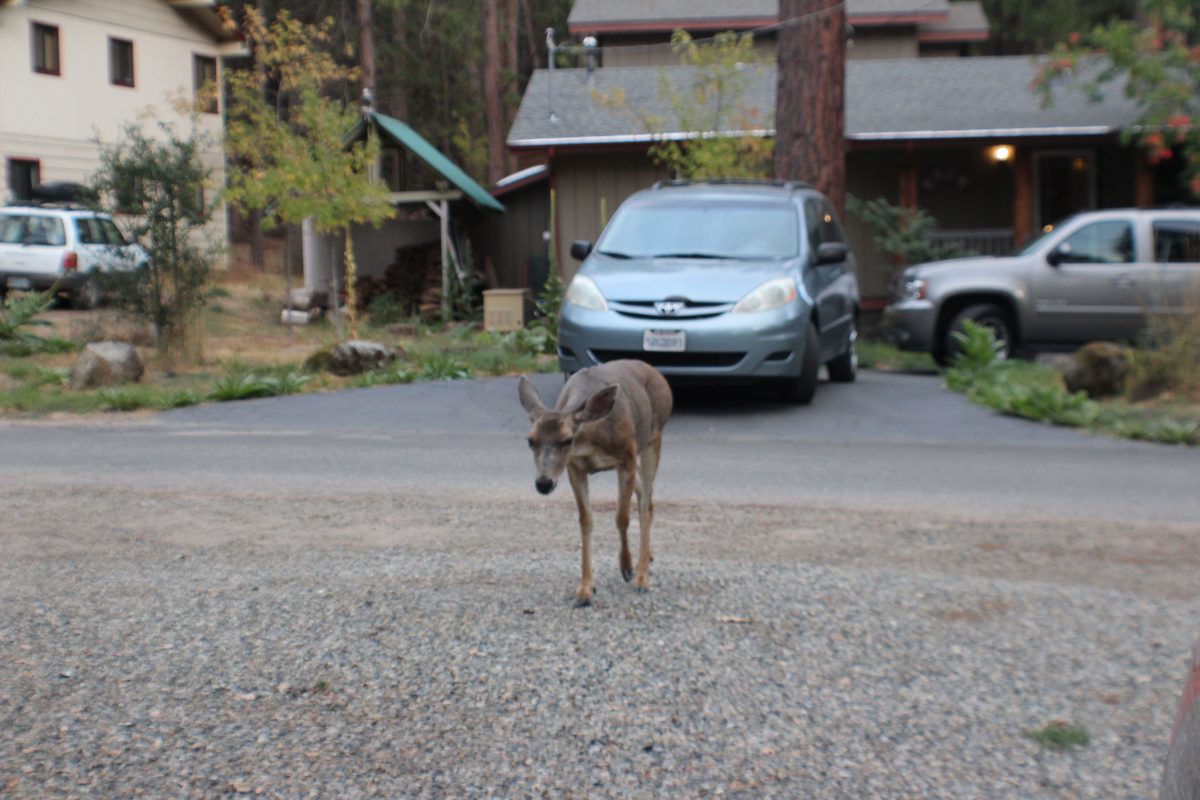
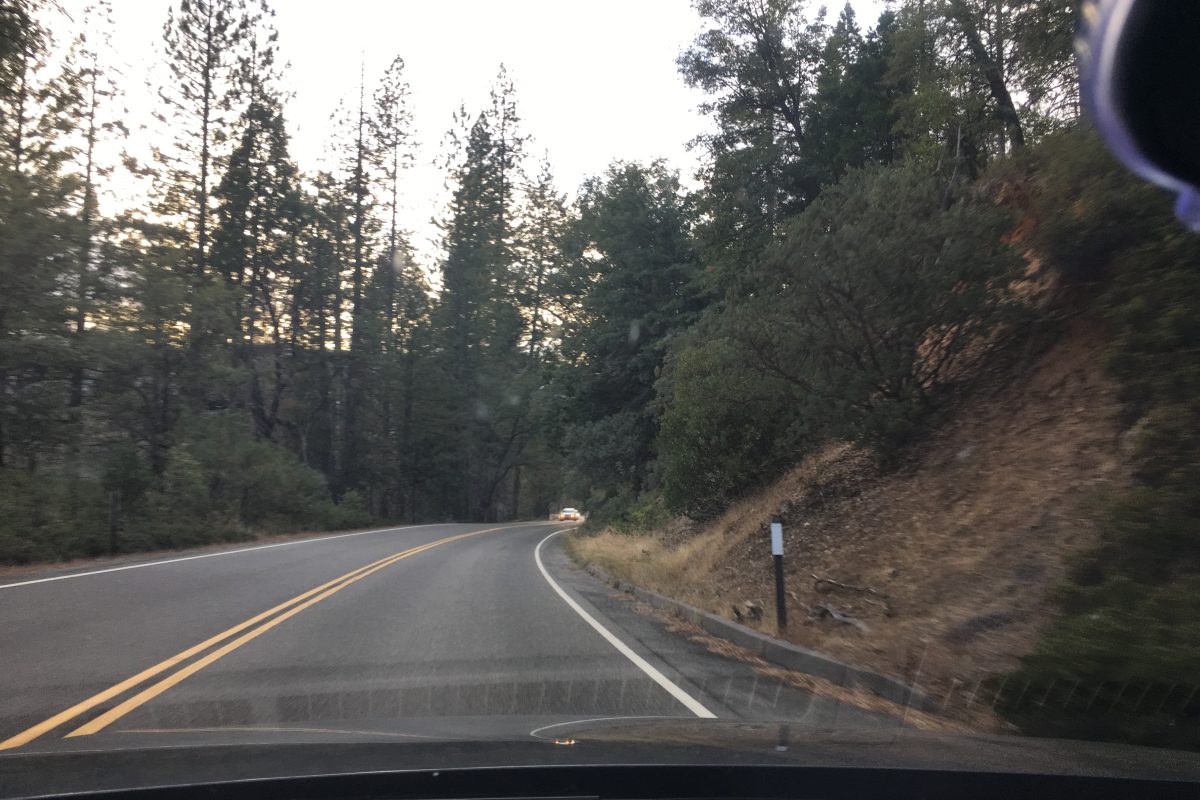

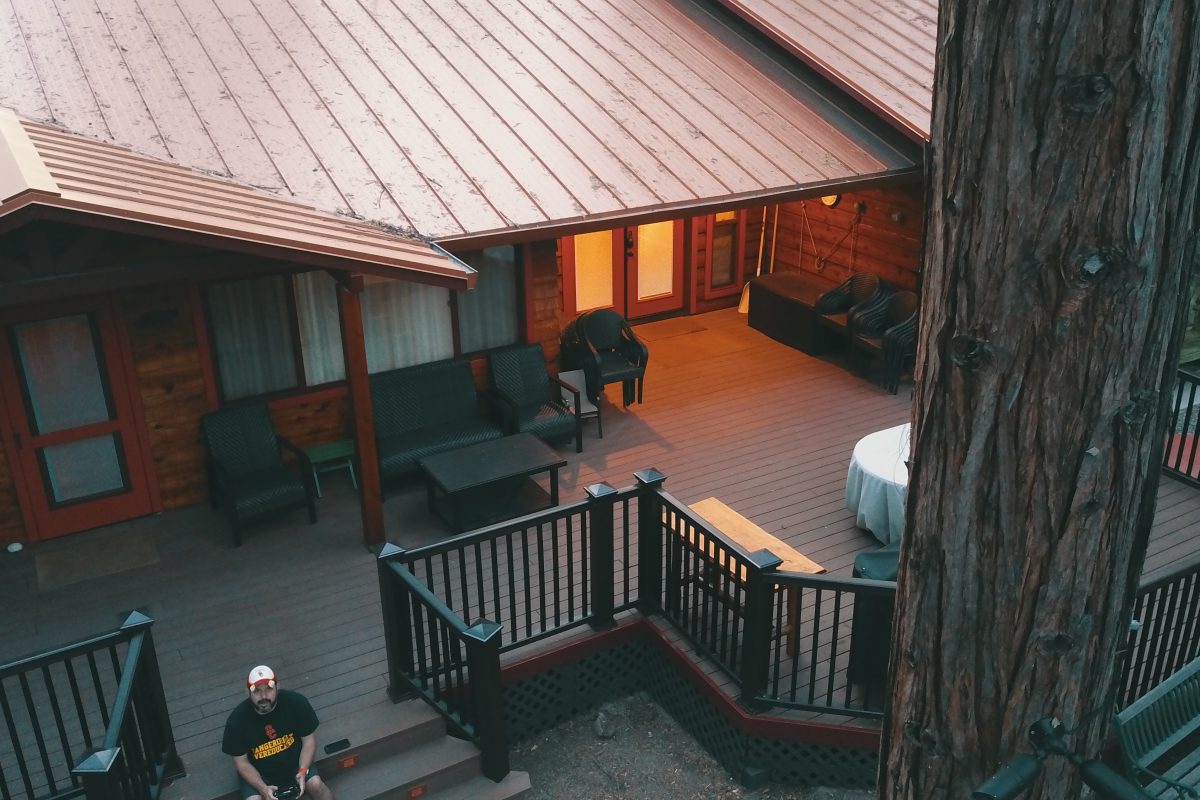
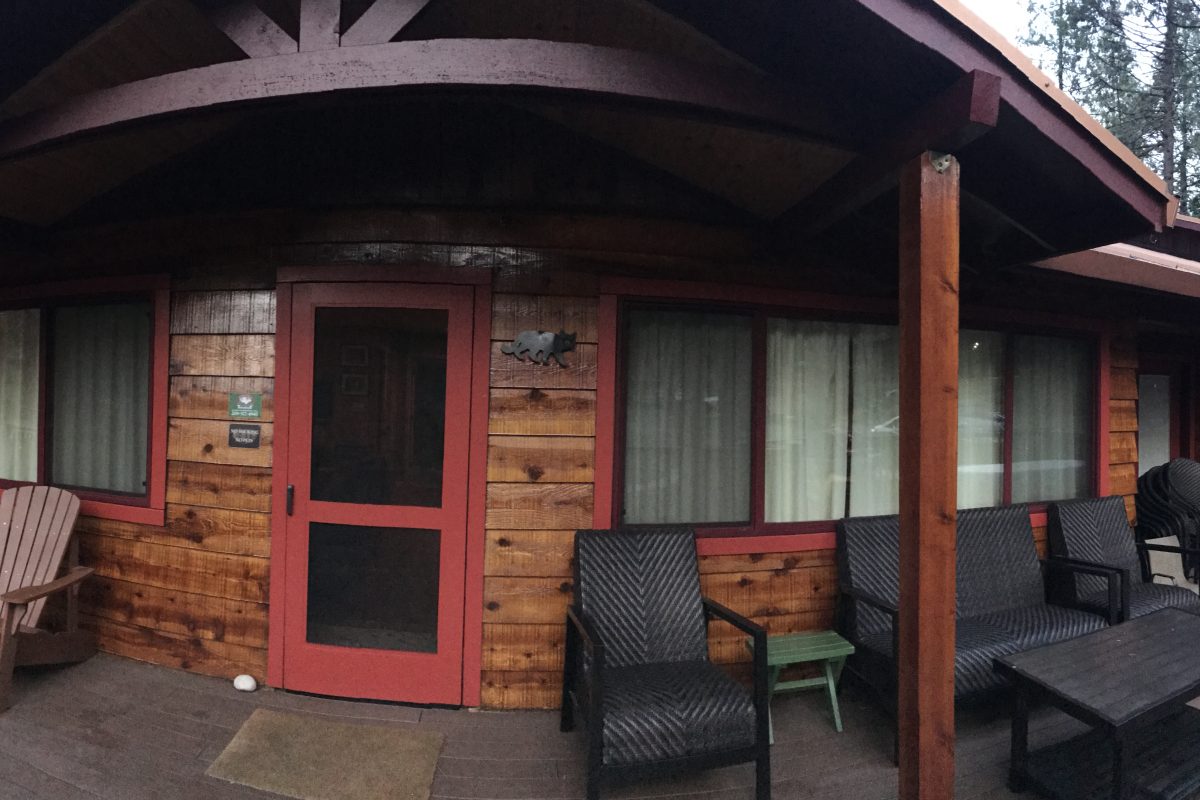

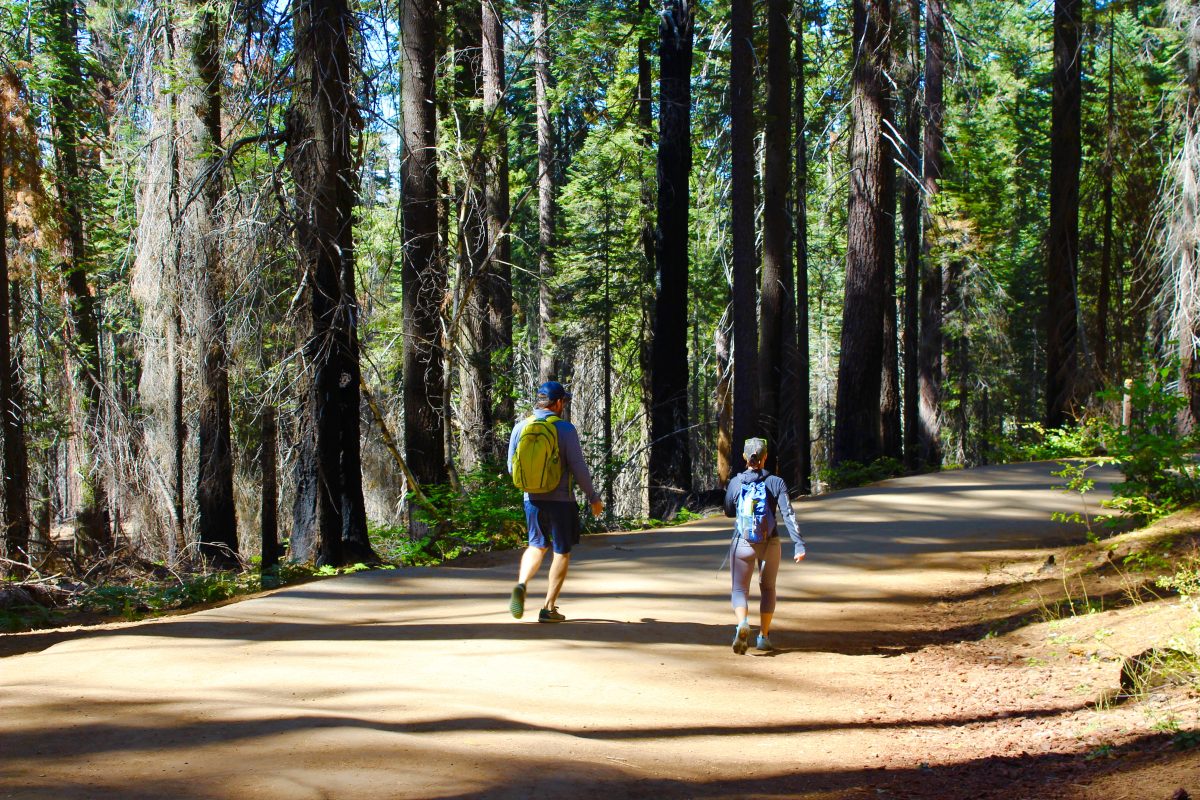
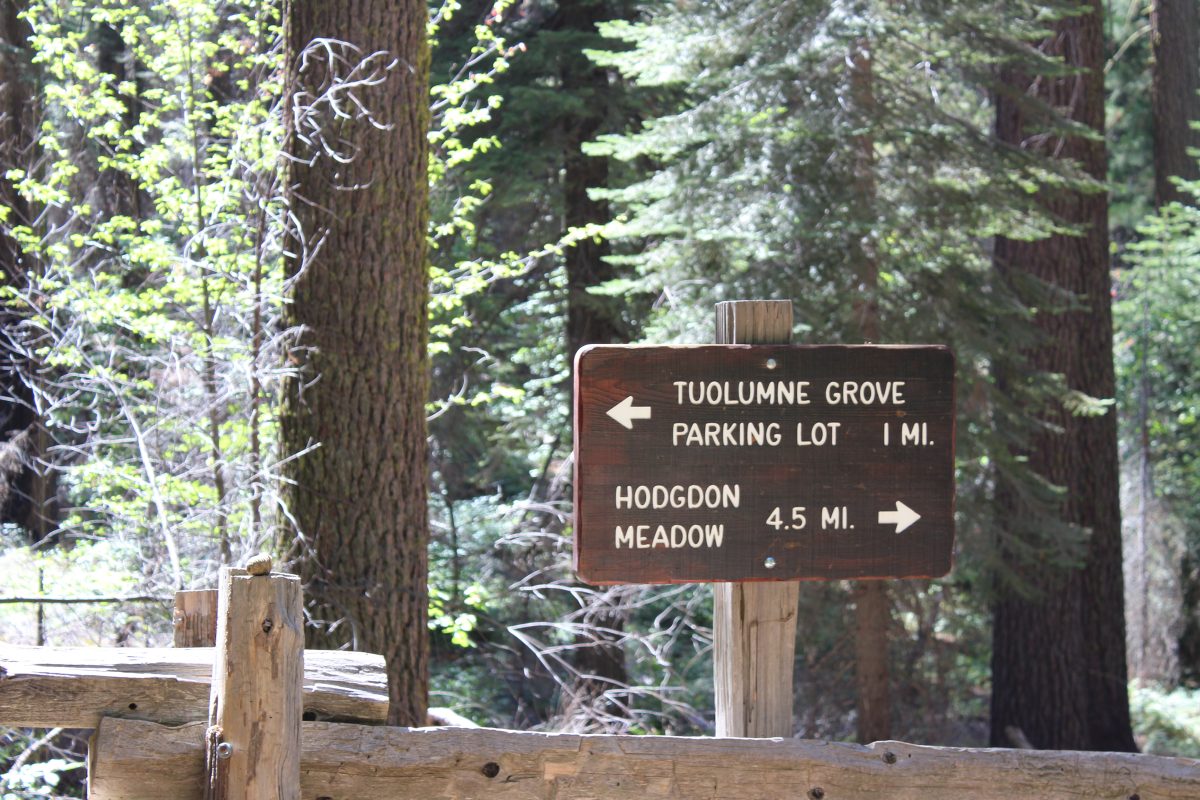
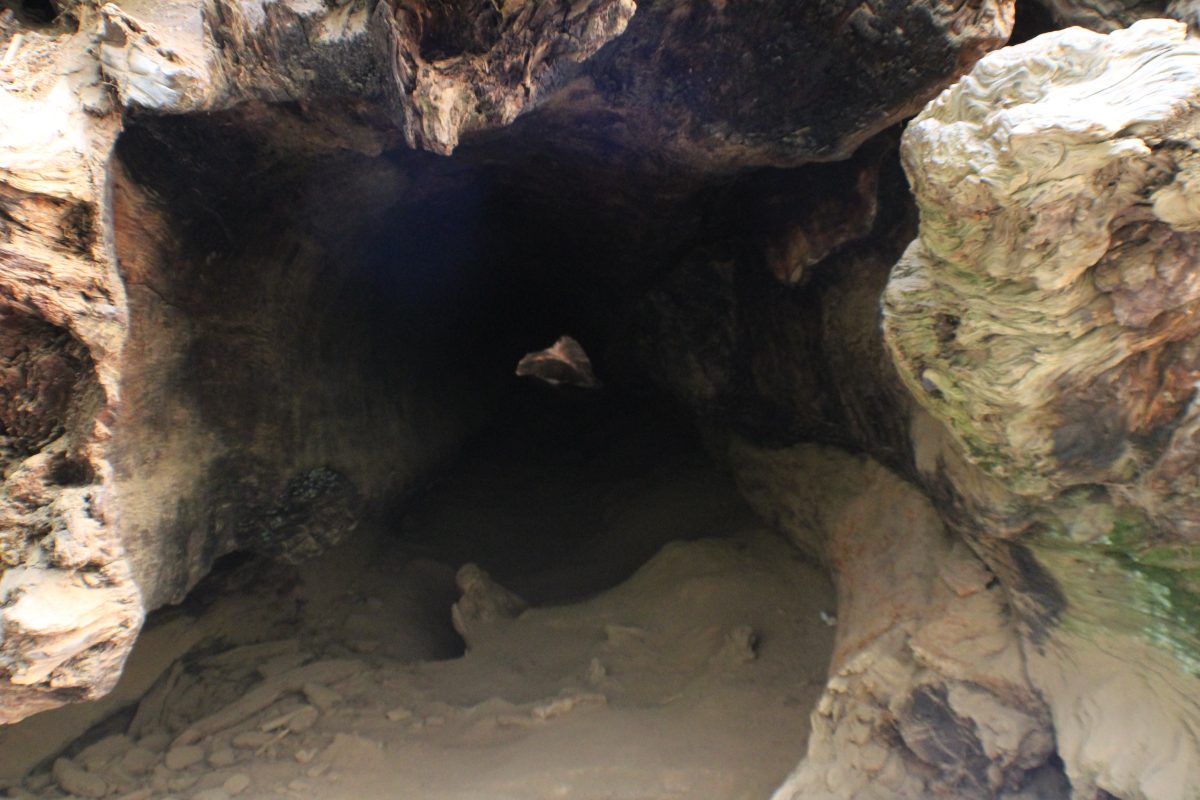
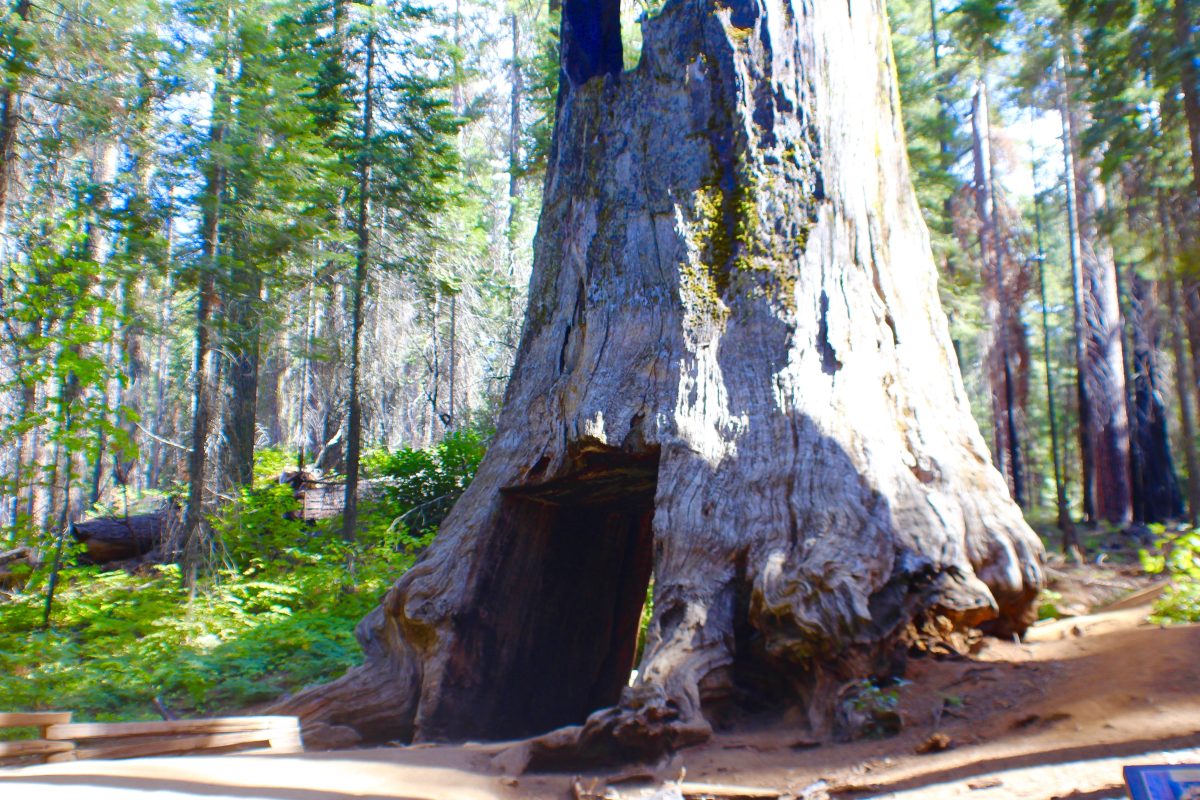

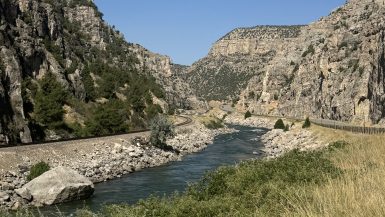


Leave a reply
You must be logged in to post a comment.